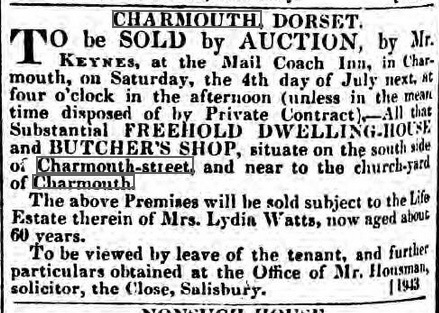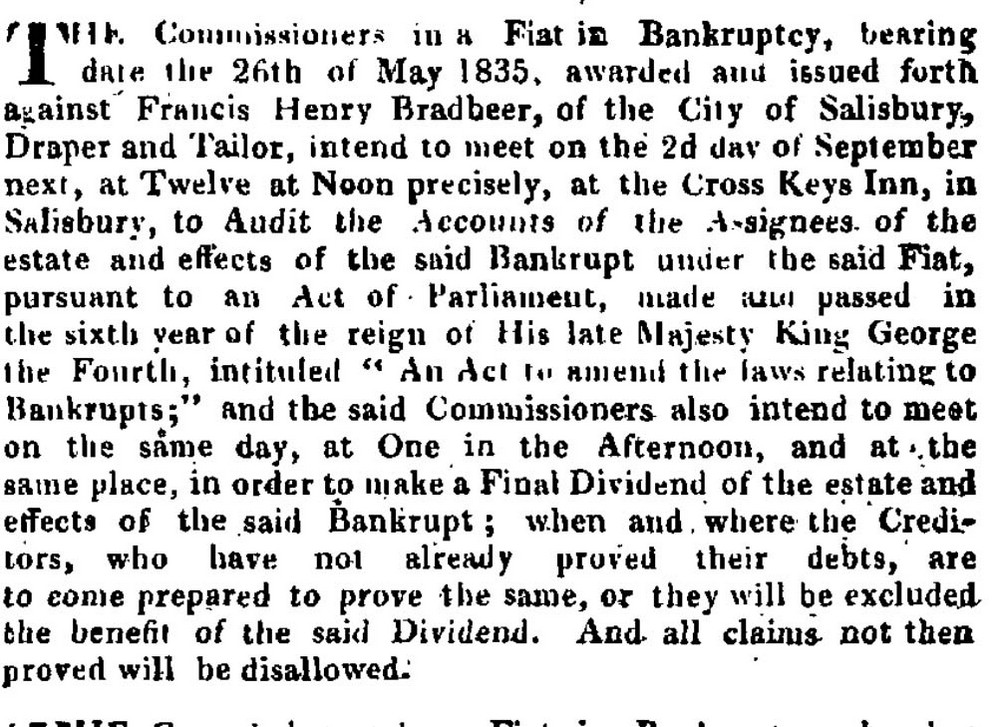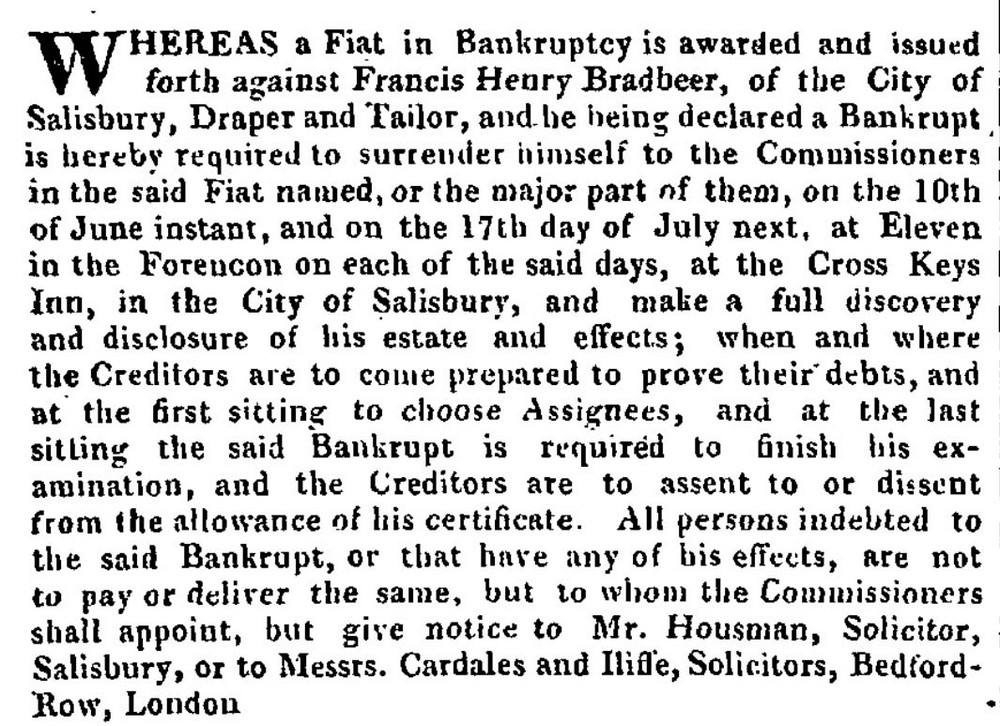 |
A History of St. Andrew`s Church, Charmouth |
Bradbeer |
Click on image or on Home to return back. |
|
Displaced Rounded.
Erected/to the memory of/JOSEPH BRADBEER/late of this place/died 28* March 1821/Aged 69 years. |
| |
| |
|
Erected/to the memory of/JOSEPH BRADBEER/late of this place/died 28* March 1821/Aged 69 years.
The photograph above shows the stone where it stood originally before being displaced in the 1950s to the rear of the Church. |
| |
| |
| In 1866 the churchyard was widened by 16ft. a new wall was built, two Yew trees were planted to mark: the position of the former gate. The path from the lower gate to the porch was not altered and that is the reason why one has to go along the Rectory drive before coming to it. If you look at the boundary wall of the hotel you can see where the new wall was added. Before the widening could take place, much had to be done. |
 |
| |
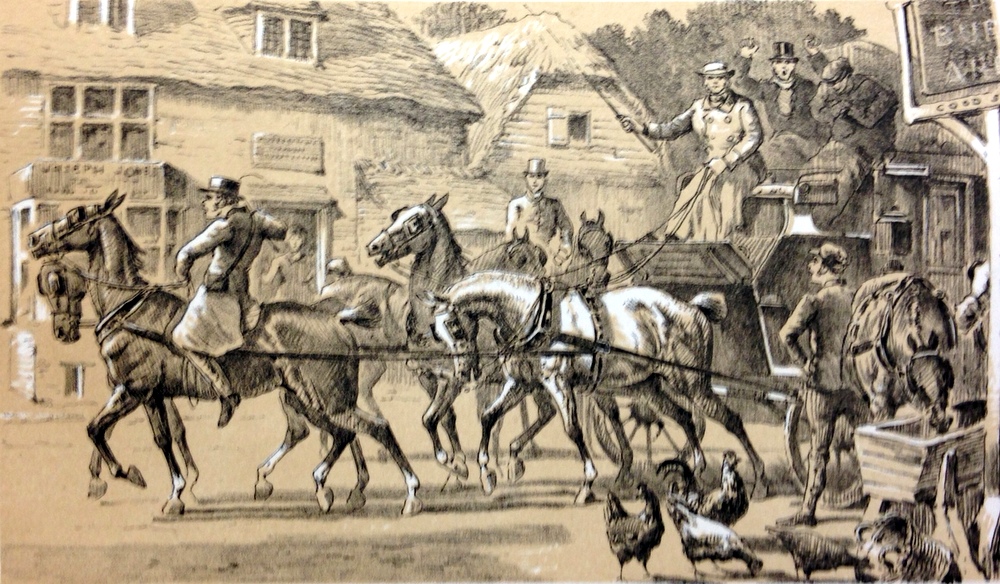 |
| |
| The Churchyard was widened 15 feet in 1866 and the Village Pound moved and the shop belonging to Lydia Watts was pulled down. The Lord of the Manor, Mr Hawkshaw gave permission for the removal of the former and Lydia Watts was allowed 4/- per week for her premises. The shop had been empty for 5 years and a disfigurement to the village and obstructed the view of the Church. She only had life interest in it. She died 1865 aged 91 |
| |
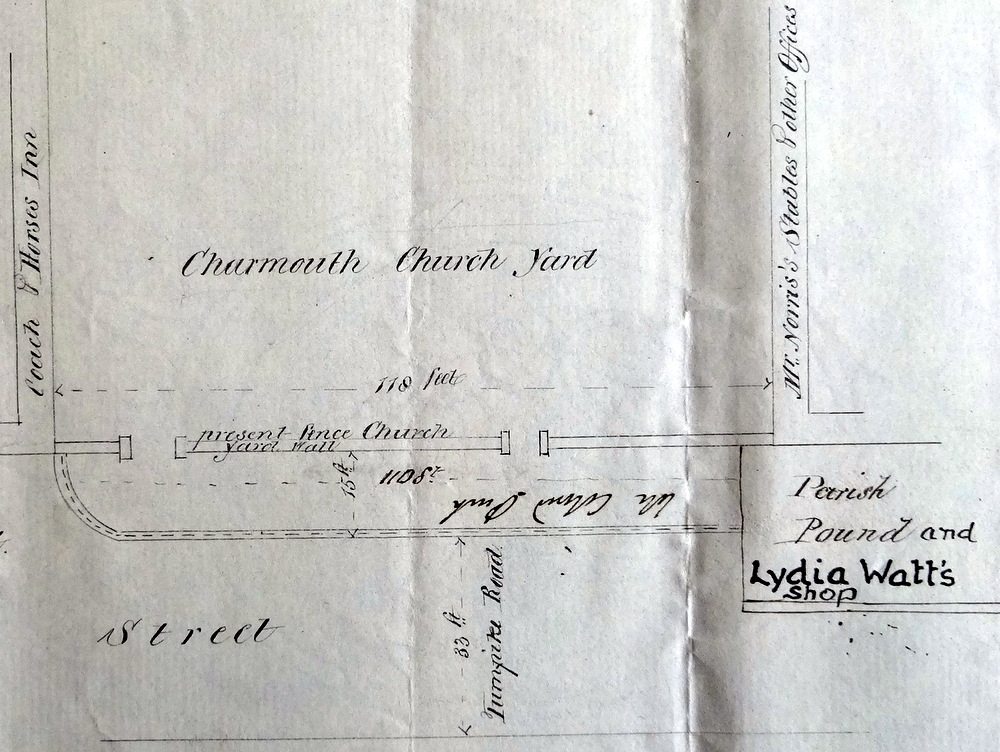
|
| Opposite the Manor House in the eighteenth century were stables, which were no longer required by James Warden when he went to live at Langmore, and were bought by the Rev.Thomas Puddicombe of Wood Farm for £100. The stables were converted into a dwelling house and butcher's shop. They were subsequently bought by Joseph Bradbeer of the Inn and were left for her life to his widow. She in 1832 married William Watts who deserted her after nine years. Lydia Watts kept a small shop and sold sweets to the children on their way to school so William Holly told me, and by 1861 she was blind and very infirm and was receiving 2/6 relief from the parish. The Ecclesiastical Commissioners paid her £13 to procure a surrender in her old shop and premises and she died in 1865 ninety years of age. The shop was empty for five years, was a disfigurement to the village, and obstructed the view of the church it was then pulled down in 1866. Besides this old cottage the village Pound had to be moved. It stood near the cottage and John Hawkshaw, lord of the manor, gave permission to have it moved to the top of the village. At the same time probably, the Stocks which had been purchased in 1828 were done, away with. What happened to the Pillory mentioned by Roberts, I do not know. |
| These were replaced by a wall with two gates when the church was built in 1836, In the drawing of the church by Galpin you can see two paths, one leading to the porch from the gate by the "Coach and Horses" and the other to the Tower door from a gate higher up the Street. Some time must have elapsed before the congregation could enter by the Porch from the upper gate, but the duel tomb prevented a direct line. In 1866 the churchyard was widened by 16ft. a new wall was built, two Yew trees were planted to mark: the position of the former gate. The path from the lower gate to the porch was not altered and that is the reason why one has to go along the Rectory drive before coming to it. If you look at the boundary wall of the hotel you can see where the new wall was added. Before the widening could take place, much had to be done. |
|
1835 |
|
|
|
|
A Post Office in the early 19th Century |
|
Displaced Large Upright, Rounded Top.
In/memory of ELIZABETH/wife of JOSEPH BRADBEER/who died the 18 th May 1790/aged 38 years/4 lines of Verse/Also in memory of MARIA RICHARD daughter of the above who died Feb 2 nd /1804 aged 28 years/8 lines of Verse. |
|
| |
|
| |
| |
| |

